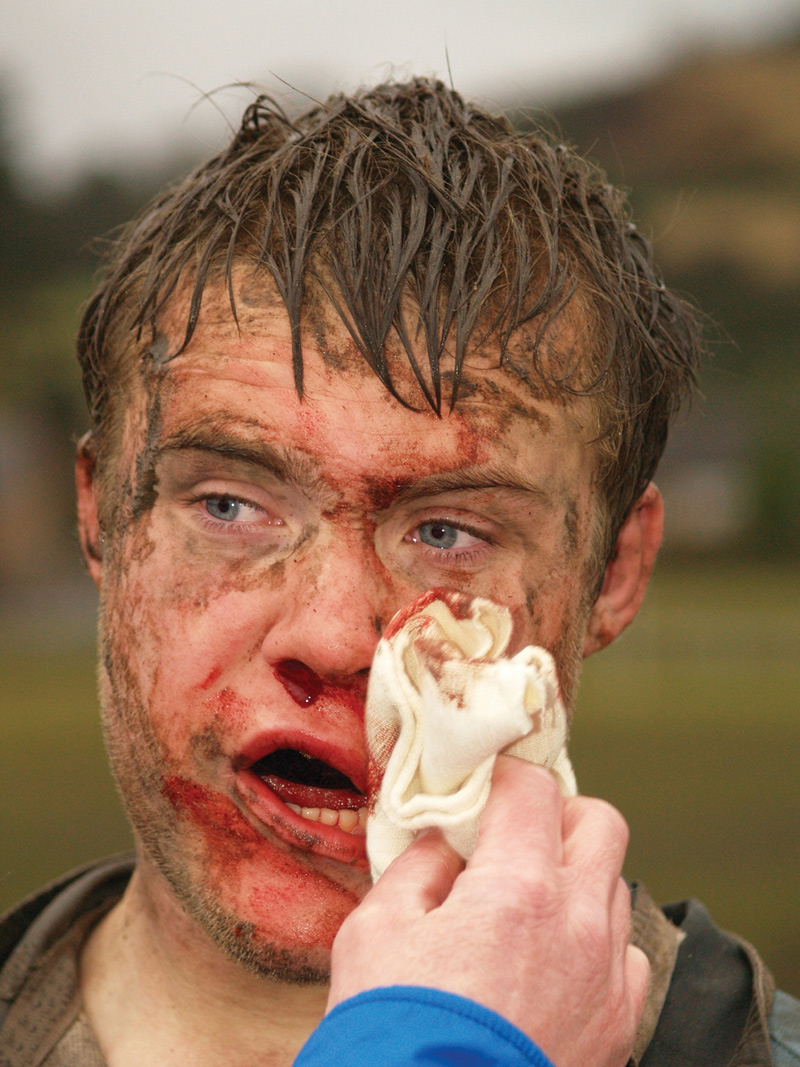
Can an amateur sports club be held vicariously liable for the tort of one of its players? Jack Harris reports
It is trite law that there is a two-stage test for deciding whether a defendant is vicariously liable for the tort of another person:
- Stage one involves an inquiry into whether the nature of the relationship between the defendant and the tortfeasor is such that the principles of vicarious liability might attach. The obvious example of the sort of relationship, which would satisfy the test at stage one, is that of employer and employee.
- Stage two involves an inquiry into the connection between the defendant and the tortious act or omission of the tortfeasor.
The recent decision of the Court of Appeal in JGE v Trustees of the Portsmouth Roman Catholic Diocesan Trust [2012] EWCA Civ 938 has clarified the correct approach for a court to adopt at stage one. This clarification is of particular note in the context of cases involving the negligence of amateur sports players (eg, a dangerous football tackle or a punch thrown in a rugby match).
In











